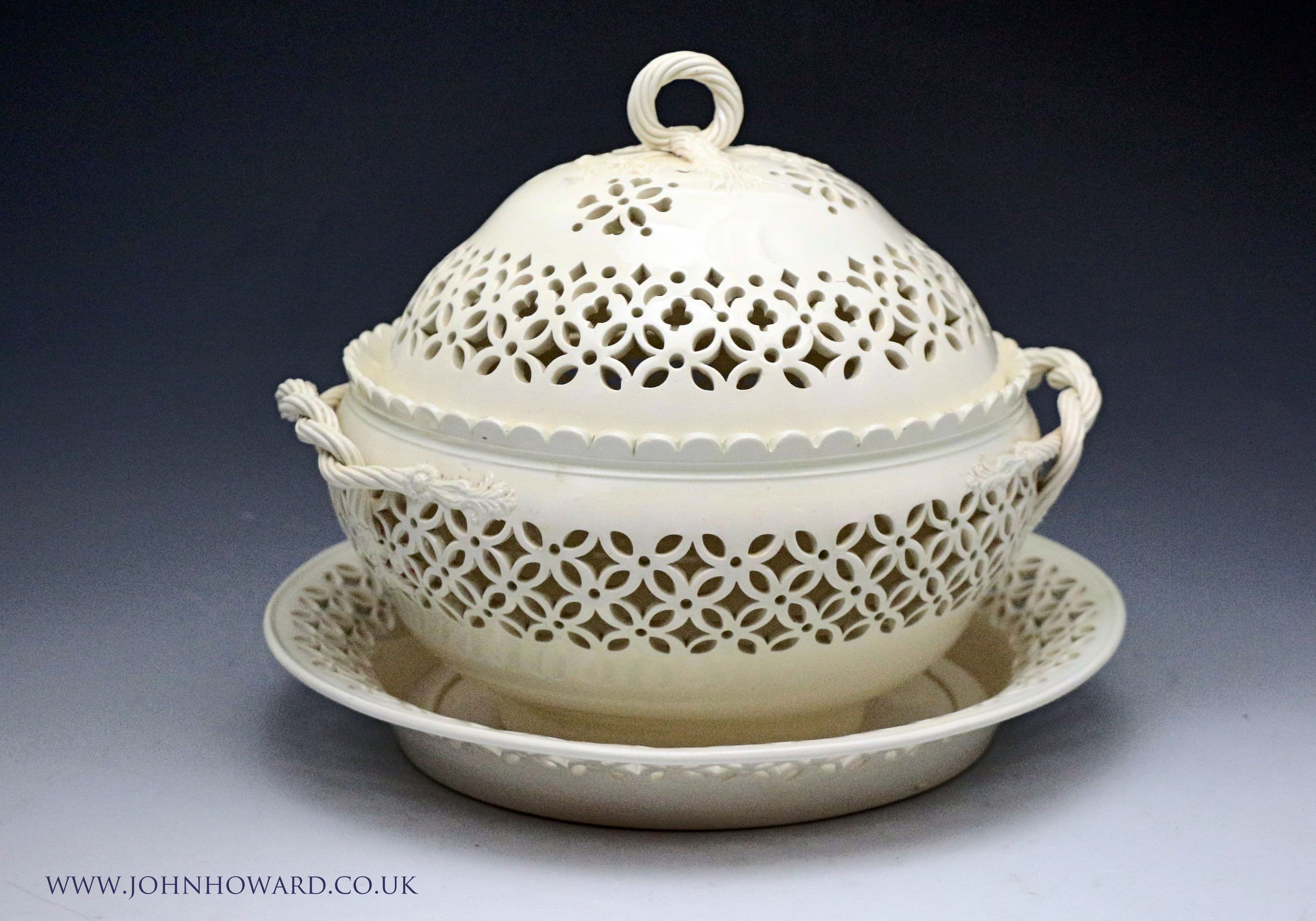
Thanks to the advanced S/TDM bus, the transfer of audio signals between DSP cards does not rely upon the PCI bus. With a SCOPE Booster Board, you have on your system 6 or 14 high-performance DSPs. Upgradeable with all plug-ins of the SCOPE Fusion platform SCOPE Live Bar for convenient control of the entire setup Live processing with no latency, for monitoring STS-4000 professional DSP-based studio sampler Modular synthesizer featuring more than 140 modules and 80 ready-to-play patches MasterVerb high-end reverbĩ virtual synthesizers: analog, wavetable, vector synthesis and more High-speed drivers for ASIO 2.0, DirectSound, MME, tripleDAT, GSIF, Sound Manager, OMSįull-fledged 48/96-channel mixer for internal and external signals Up to 3 boards from the SCOPE range seamlessly cascadable using the S/TDM Bus Z-Link: unbalanced analog (RCA), S/P-DIF (RCA), 1 ? ADAT, 2 ? Z-LinkĪll I/Os utilizable in parallel and at the same time Plus: balanced analog (XLR), AES/EBU (XLR), 2 ? ADAT PCI board equipped with 14 SHARC DSPs for PC & MacĬlassic: unbalanced analog (RCA), S/P-DIF (RCA), 2 ? ADAT

TWO large plug-in packs (Synth'n'Sampler AND Mix'n'Master) Unlike SCOPE project, SCOPE professional includes both the Mix&Master Pack and the Synth&Sampler Pack. Mac requirements: G3, 400 MHz, 128 MB of memory, MacOS 9.xįor audio recording - synthesizers and samplers plus mixing and mastering tools in one package. PC requirements: 400 MHz or better, 128 MB of memory, Microsoft Windows ME or better SCOPE professional - All the power of the SCOPE Platform. SCOPE home, SCOPE project and SCOPE professional. With v4.0, Creamware have reorganized the SCOPE platform. These pieces date from the second half of the 19th century.Creamware SCOPE platform -:-:- FUTURE STYLE -:-:- electronic machines and trend artists MUSIC magazine The mocha pattern is found more often on creamware than pearlware or whiteware, and the same dendritic design is also commonly found on Yellow wares. These were produced in great quantity during the last quarter of the eighteenth century through the nineteenth century in England and the United States. Mocha ware is part of the Factory-made Slipware group of refined earthenware ceramics decorated with applied slip decoration.

Other colors, such as blue, green and pink were used infrequently. The widest color bands contain dendritic or fern-like designs, usually in dark brown. Colors are predominantly muted earth tones including, black, olive green, tan, rust, brown, ochre yellow, grey, and pale blue. White to light cream colored, thin, hard, compact paste.īackground glaze may be white on whiteware, very light blue on pearlware, or pale creamy yellow on creamware.ĭecorated with horizontal bands of colored slip applied in varying widths.


 0 kommentar(er)
0 kommentar(er)
